This List of 20 Insect Repelling Plants was a must have for our house. We love to be outside, and the bugs apparently love us.
Even though we live in a suburb, we have water nearby and tend to get eaten by bugs, especially around dusk, during the summer.
Because of having a small yard, we don’t have a lot of space to plant gardens and plants around the home. I do have a garden, a yard for my kids to dig up and destroy in their various ways, flowers, herbs, and vegetables planted in every nook and cranny around the house and yard. I’ve had friends comment about the purple cabbage and tomato plants that I have growing up against the house. Again, you have to use the space you have.
Every plant really means something to me and has a purpose. I plant herbs that are beneficial for cooking or for medicinal reasons.
Insect repelling plants tend to be dual purpose plants. For example, lemon balm repels insects, and at the same time it’s also great for cold sores. Thyme can be used in cooking and is great for boosting lung health, yet lemon thyme also works to push away those insects. A lot of versatility!
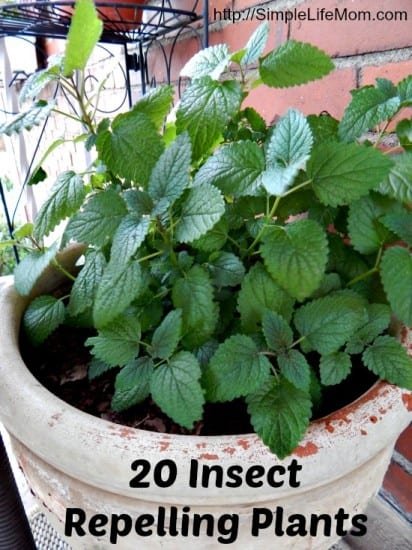
This is great knowledge because you can place these plants around where you sit outside, as well as plant them around your vegetables so that bugs will leave them alone too (bees, wasps, and other pollinating insects not included, of course).
I have pulled together a great list of insect repelling plants that you can use in and around your house to help keep mosquitoes and other insect pests away. They vary in strength, but all of them work great.
*Funny Note: they do not all work on slugs. I put Marigolds throughout my vegetable garden and they are the slugs’ favorite meal. At least it keeps them from eating the other plants. *sigh*
Other Uses:
A lot of these can be used for: cooking, in soaps, in beauty products like facial cleansers, skin toners or deodorants, and for medicinal purposes. I’ve made note of different uses with each plant below.
I’ve also added some affiliate links to plants or seeds that you can buy online and have delivered to your home, though double check where exactly they are coming from. You can also find them in your local green houses. They are harder to find in larger chain stores.
20 Insect Repelling Plants
You can also make your own Natural Homemade Mosquito Repellent or buy it in My Store.
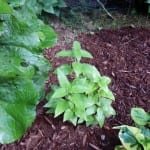
- Citronella Grass – citronella grass is known for its insect repelling properties. It is easy to grow, but likes it hot. It will only over winter in zones 10-12, but of course you can try to bring it in for the winter. The oils can be found online and are great in soaps, disinfectants, candles, etc.
- Bee Balm – Bee Balm is a pretty easy plant to grow and hard to kill. It can grow to about 3 feet high and wide, has pretty flowers that butterflies love. The reason these and other fragrant flowers repel mosquitoes is because they mask the smells that would normally draw the mosquitoes. It is also used as an antiseptic and to treat colds.
- African or French Marigolds – Marigolds are great companion plants, meaning that they are great in close proximity for keeping bugs away from people and other plants you want to protect.
- Floss Flowers – annual, bees and butterflies love it. It emits a smell called coumarin that mosquitoes hate.
- Catnip – Member of the mint family and a perennial. Though it attracts cats, it is known for repelling mosquitoes and cockroaches in a major way. this is one of the strongest mosquito repelling plants.
- Catmint – Very similar to catnip. Prolific grower, just like its peppermint cousin. Great at repelling mosquitoes and other bugs.
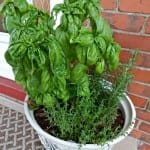
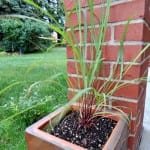
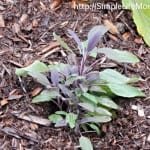


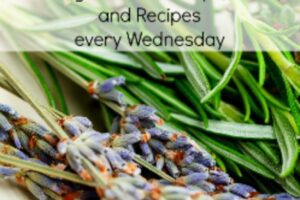
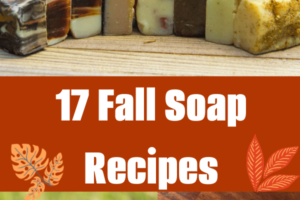
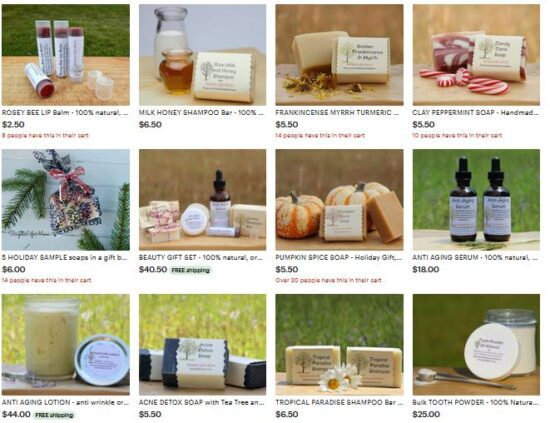

38 Comments
Leave your reply.